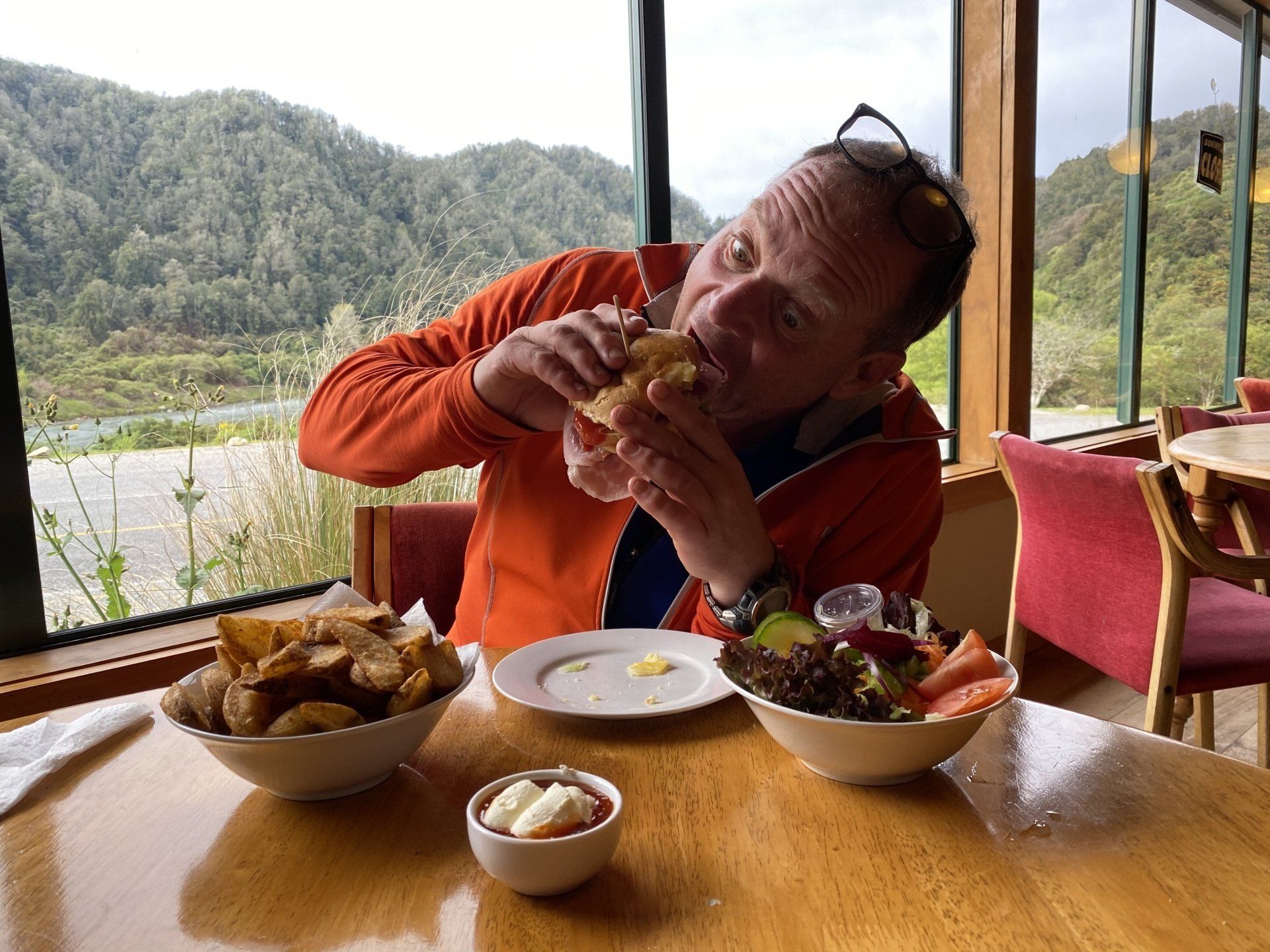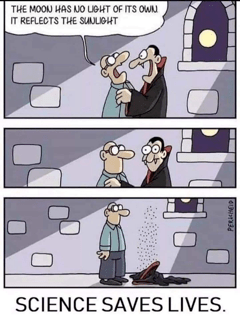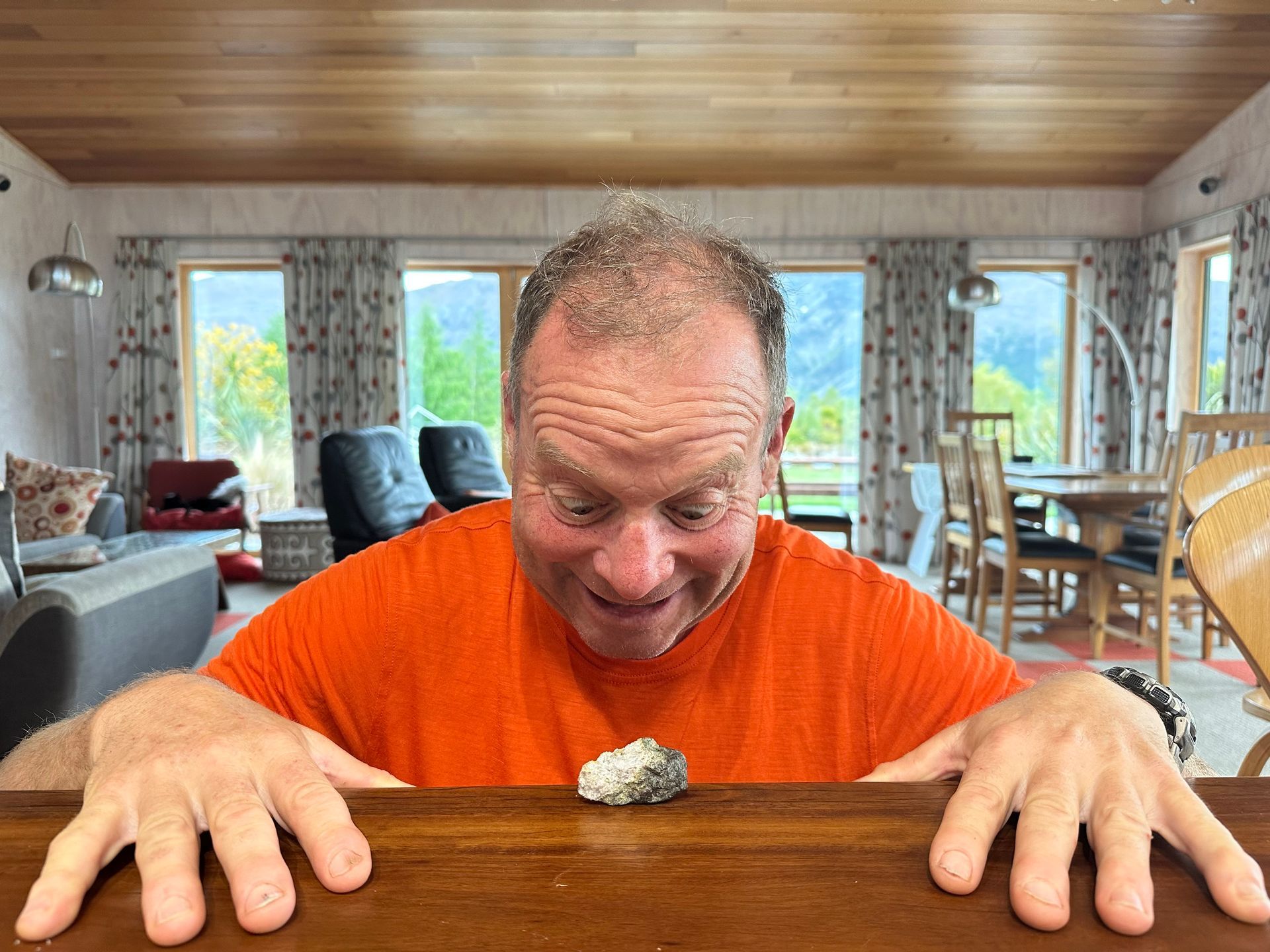Scales of change

I had a minor light bulb moment yesterday when talking with Chris’s sister, Lindie. I have offered pondered the problem of drivers of change for major issues – how much can or should the government do and how much change should be instigated and driven at the community level. In relation to climate change, I hear the argument frequently made that this is such a big problem, with so many parts which are out of reach of individuals, that the responsibility lies at government scale. This has never sat well with me, because I have a fundamental belief that we should all demonstrate the type of change we want to see. Governments are made up of people (not aliens, as far as I know, though I do think Winston Peters might be a vampire who is brought out of his coffin each election looking essentially similar in the same brown suit). However, I have never managed to come up with a substantive argument about why change at community scale is as essential as government scale. So, for the argument, read on…
Climate change has been on my mind a lot in the last week. While yesterday’s announcement of an 8 week closure of the Australian travel bubble was particularly noteworthy news for New Zealand, the floods in Germany, heat waves in North America and the floods in New Zealand have been preying on me. I have a nasty suspicion that heat waves similar to those in North America could very well occur in New Zealand (particularly the South Island adjacent to the mountains), given they involve a stable high pressure air system, heating of rock in the mountains exposed by melting of snow and ice, and drought reducing the potential for evaporative cooling of the ground.
My stepdaughter Sarah’s PhD thesis (recently submitted) is an amalgam of three papers related to policy approaches to mitigating climate change. One focus of her work is in regard to rates of behavioural change vs technological change, as evidenced by previous major social and technological transitions. The depressing news out of this paper, is that the average delay between discovery and rapid uptake is 38 years for behavioural change, and 76 years for technological change. Did you want to know that the timeframes to behavioural stabilisation or technological market saturation average 56 years and 91 years respectively?
Sarah’s conclusion had to be that governments should consider policies influencing behavioural change more seriously (policymakers tend to prefer technological change). When I have discussed her thesis with people, they are quite sceptical. Her behavioural examples include USA contributions to ozone depletion, London traffic congestion, car seat belts in Australia and smoking in the UK. Her technological examples include nuclear energy in France, wind energy in Denmark and solar energy in Germany. People say, “Climate change will be different, because it is so much more important and people will be dying”. Hmmm, smoking has killed quite a large number of people, as has driving unseat-belted, but many people don’t really worry about dying until it is quite apparent that it is going to happen very soon. People say, look at uptake of cell phones – if it is in people’s interests to take up technology they do. Absolutely, if it is a toy and they like it, people buy it. However, I don’t think people are buying cell phones (and wanting a new one after 3 years) in order to save any part of the planet.
So, to come back to my light bulb moment, it was in relation to how critical it is that change is driven from a community level as well as from government level, because people can change their individual behaviours quite rapidly if they chose to do so. Just as significantly, people change their individual behaviours because they perceive that others around them are changing behaviours. It is well known that facts don’t much help in changing people’s minds. People will happily hold onto beliefs where the facts are clearly in opposition. Once people have formed a belief, they will seek out information that supports the belief, and downgrade information that does not. According to my brother, who is in advertising, the best way to influence people, by far, is to tell them that other people are doing, or believing, something.
The particular example of community influence I observed was a community group in the town of W ānaka, deciding their town will be the first in Aotearoa to become single use cup free with their target date being 2022 – a 3 year project. A recent survey found that 72% of Wānaka residents nowalways or usually used their own cup when getting a hot drink (to be fair, I don’t know what percentage they started off with). From observation, every cafe in W ānaka where we have recently been was not making it easy to get a takeaway cup, if they had them at all. I don’t think there are too many places in NZ that can claim a similar success. Abolishing single use cups won’t stop climate change, or the need for landfills, but it is a significant, visible and empowering step for the community. With their critical mass, W ānaka has a chance of persuading other communities to do the same, and of persuading themselves to make other changes to reduce their impact on the planet. Perhaps they could even persuade the government to rule against the sale in Aotearoa of single use cups, like the government have against single use plastic bags.
We desperately need change to come from all directions, not just top down. We need people to choose and enact rapid change, governments are not necessarily known for their rapid action. We need change mandated and driven by society and communities, not just change dictated by government. However good the intentions of government may be, we need their intentions to be the same as the will of the people to maintain a democratic society. And, when a problem is too large for a populace to contemplate its full scope and potential effects, perhaps we need that populace to choose the size of the chunks of the hamburger that it bites off at any one time, so that they don’t choke?








